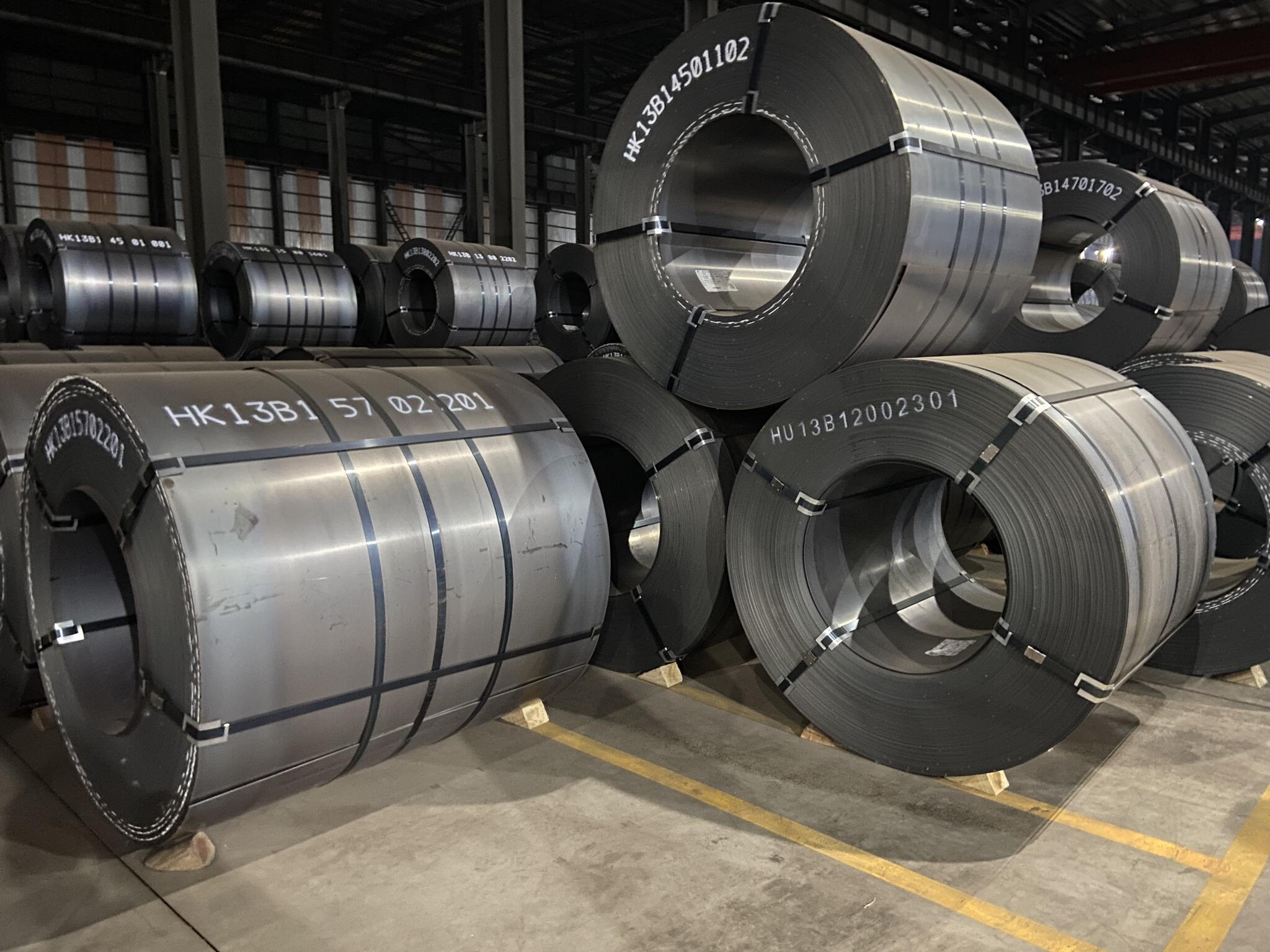Finding the right carbon steel for your project is essential for achieving long-lasting performance while keeping costs in check. This guide walks you through the different carbon steel grades, their key properties, and tips to pick the perfect one for your application.
Overview of Carbon Steel Grades
Carbon steel is grouped into three main grades based on carbon content. Low carbon steel, often called mild steel, contains up to 0.3% carbon and is prized for its easy formability and weldability. It’s perfect for parts that need bending, like car panels and general construction shapes. Medium carbon steel, with carbon content between 0.3% and 0.6%, strikes a balance between strength and ductility, making it a good choice for parts like gears and axles. High carbon steel, which has more than 0.6% carbon, stands out for its wear resistance and hardness; it’s typically used for cutting tools and applications that need very high strength.
Key Properties of Carbon Steel
To pick the right carbon steel, you need to look at a few main mechanical properties: tensile strength, yield strength, and hardness. Tensile strength tells you the highest pulling stress the steel can handle before it breaks. Yield strength shows the most stress the steel can take without changing shape permanently. Hardness, measured by the Rockwell or Brinell scales, tells you how well the steel resists wear and dents. Knowing these properties helps you select the carbon steel that fits your project’s requirements.
Factors to Consider When Choosing Carbon Steel
When you select the carbon steel for your project, keep these points in mind. Start by checking the environment where the steel will be used. Will it face moisture, chemicals, or very high or low temperatures? These conditions affect how well the steel performs and lasts over time. Next, consider the machining processes you will use. Some carbon steels cut and shape more easily; for example, low carbon steel machines more smoothly than high carbon steel. Finally, your budget matters too. High carbon steels can handle greater stress, but they typically cost more than lower carbon options.
Common Applications of Carbon Steel
Carbon steel is a popular choice for many industries because it adapts to a wide range of needs. In construction, it becomes beams, columns, and reinforcing bars. The automotive sector uses it for making sturdy chassis and body panels. Manufacturers depend on carbon steel for making durable tools, machine parts, and frame structures. By knowing how different grades of carbon steel are used, you can pick the right one for your project every time.
Industry Trends and Future Directions
The carbon steel market is changing quickly. New technologies and the desire for greener practices are driving this change. Advanced high-strength steels (AHSS) are designed to be lighter yet stronger, which helps cars and trucks use less fuel. At the same time, more companies are turning to recyclable materials and cleaner production techniques. These trends can affect which carbon steel you select, so keep an eye on them. Staying updated will ensure that your choices meet both the latest industry rules and your customers’ demands.

